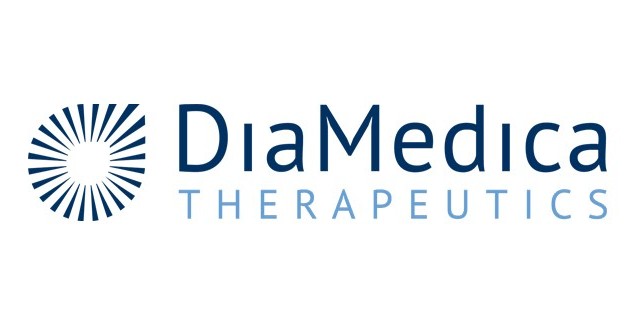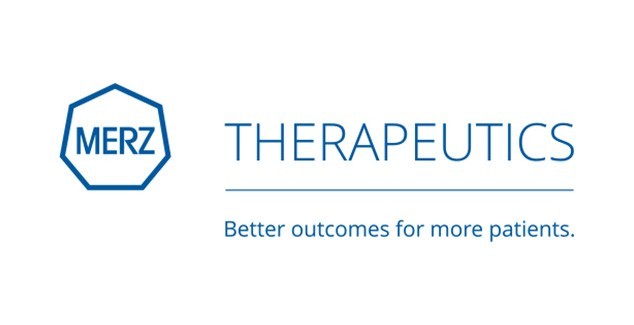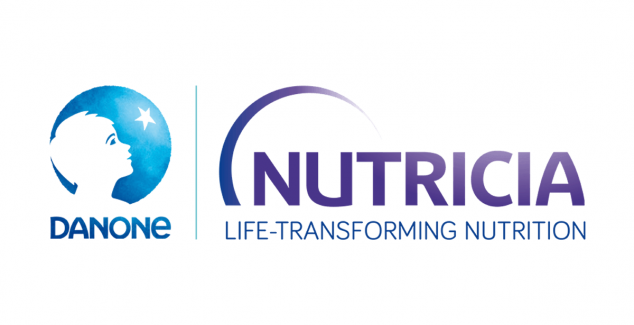The Stroke Association, the UK’s leading stroke charity and a member of the global stroke support organisation (SSO) network, has announced the top 10 priorities for stroke research, uncovered by a rigorous study involving stroke survivors, their carers and health and social care professionals in stroke. The SSO’s new report - the first UK-wide project to map research priorities across the entire stroke care and treatment pathway - reveals where research can address the issues holding stroke survivors back from rebuilding their lives after a devastating stroke.
There are over 100,000 strokes in the UK every year, and there are now over 1.3 million stroke survivors in the UK. [1,2]. However, according to the most recent figures from the UK Medical Research Council [3], only £30m of public and charity health research spending goes on stroke. This equates to less than £25 per stroke survivor per year compared to £161 per person living with cancer [4].
Juliet Bouverie, Chief Executive of the Stroke Association said: “Despite major breakthroughs over the last 10 years, we now know where there are significant blind spots in stroke treatment and care. These are holding people back from rebuilding their lives. With the number of people having strokes set to rise – it’s predicted that the number of stroke survivors aged 45 and over could rise to 1.4 million in 2025, and 2.1 million in 2035 [5], we must act now and invest in the research that will make the biggest difference to the lives of people affected by stroke.”
Over 1,400 people affected by stroke and professionals in stroke took part in the project, which was carried out in partnership with the James Lind Alliance (JLA), as well as individuals and organisations representing stroke patients, carers and professionals in stroke.
The Stroke Association is sharing the findings as part of its new report “Shaping Stroke Research to Rebuild Lives: The Stroke Priority Setting Partnership results for investment.” The report sets the agenda for stroke research and identifies the areas that most urgently need investment. There are two lists of 10 priority areas: the first in stroke prevention and acute care, and the second in rehabilitation and long-term care, ranked in order of importance.
The top priorities in each list are:
- Interventions to stop stroke. Stroke strikes every 5 minutes in the UK, but we know that most (80-90%) strokes are preventable [1,6]. We need increased investment in research so people can avoid the devastating effects of stroke in the first place.
- Understanding of, and treatment for mental and emotional problems. Three quarters of stroke survivors experience a change in their mental health [7], we need research so that people can overcome significant effects such as anxiety and depression after stroke.
To read the full list of priorities and the report visit: www.stroke.org.uk/psp
References:
- Sentinel Stroke National Audit Programme (SSNAP) and Scottish Stroke Care Audit (SSCA)
- England (NHS Digital); Scotland (ISD); Wales (StatsWales); Northern Ireland (DoH)
- UK Clinical Research Collaboration, UK Health Research Analysis 2018, 2020 https://hrcsonline.net/reports/analysis-reports/uk-healthresearch-analysis-2018/
- Macmillian Cancer Support, Statistic fact sheet https://www.macmillan.org.uk/_images/cancer-statistics-factsheet_tcm9-260514.pdf
- The Future Incidence, Prevalance and Costs of Stroke in the UK. Age and Aging 2020: 49:277-282.
- Global and regional effects of potentially modifiable risk factors associated with acute stroke in 32 countries (INTERSTROKE): a case-control study 2016: 388:761-75
- Stroke Association, Lived Experience of stroke: Chapter 1 – Hidden effects of stroke. https://www.stroke.org.uk/lived-experience-of-stroke-report/chapter-1-hidden-effects-of-stroke

 Member login
Member login













